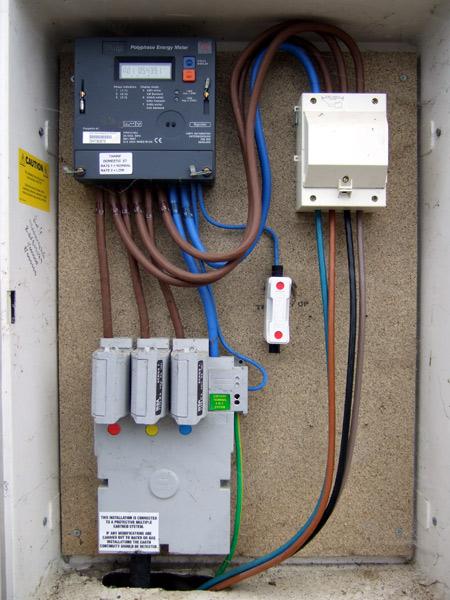In the UK, electricity is transported down power lines in three phases because it is the most efficient way to produce it and transmit it. In the majority of cases, when the power lines get to a local substation, the three phases are then split to three single phase power supplies that then go to the houses. As such, each house normally has a single phase only. For those of us without a physics degree, this means the 240v power supply to your house comes from a shared 410v power supply.
In cases where the house being powered is too big for a single 240v supply, all three phases are delivered to the same property allowing for much larger energy-demanding kit to be installed. Farms for instance almost always have a three-phase supply.

So how does this relate to heat pumps?
If the house only has a single phase power supply, there is a limit to the size of the heat pump we can install. The limit is around 14kW. Anything larger and the power supply runs the risk of being overloaded as soon as your turn on the cooker or spin up a hairdryer. With a three phase supply, the sky is the limit.
Finding out if you have a three phase power supply is straight forward if you know where your electricity supply enters your house. Go and look at your main fuse board (consumer unit) and to one side, or below you should see a box with their one or three master fuses on it. The image on the right shows three grey fuses.
If it is not obvious if you have three phase or not, it is best to get an electrician to investigate further. Alternatively, your electricity supplier should be able to tell you over the phone.







